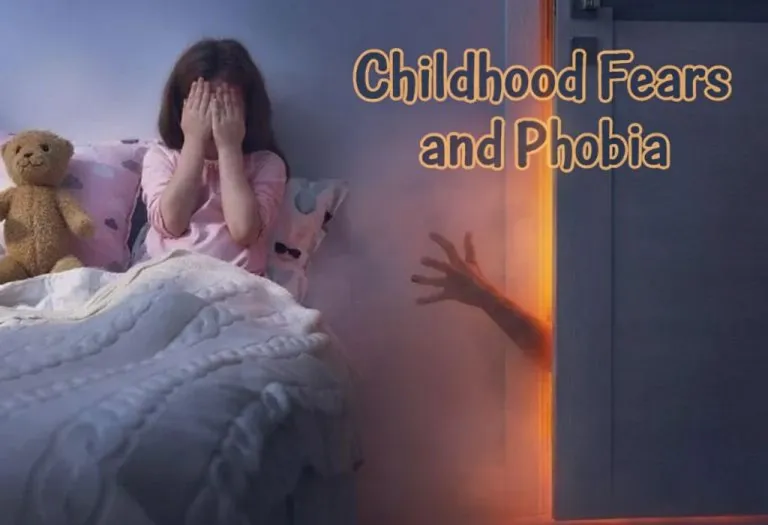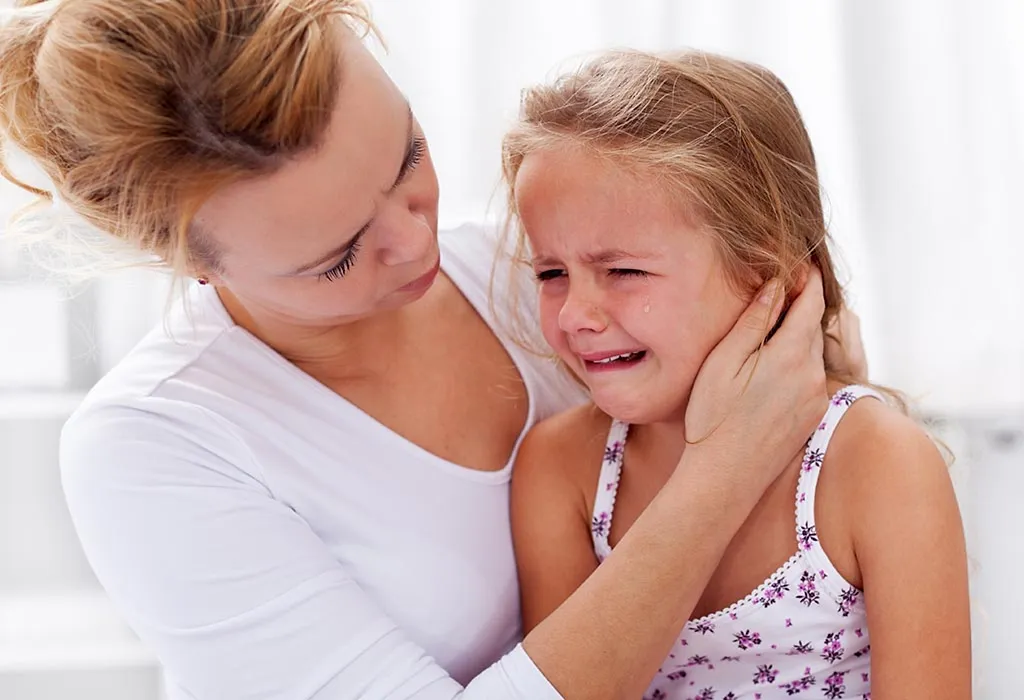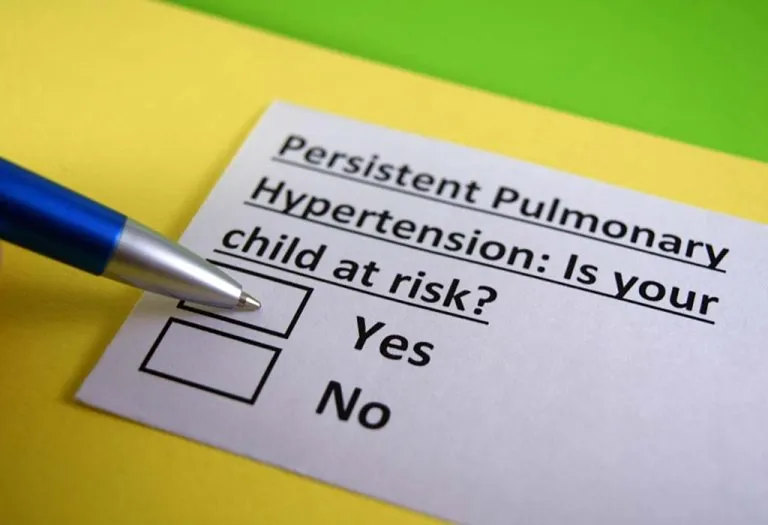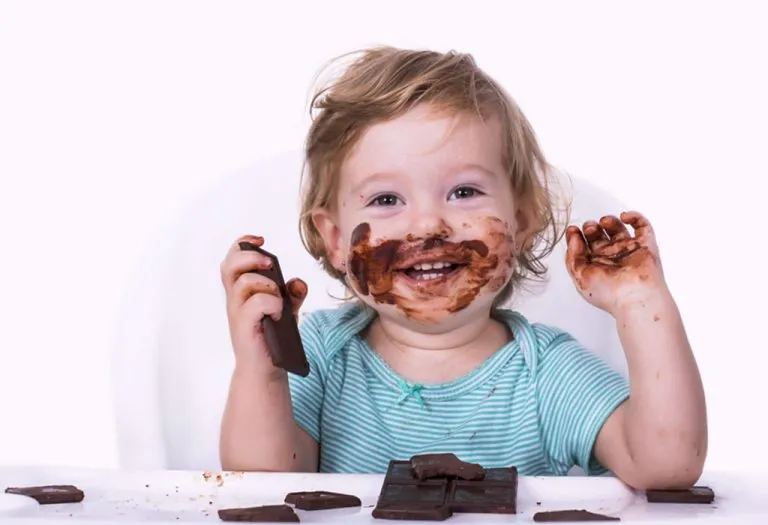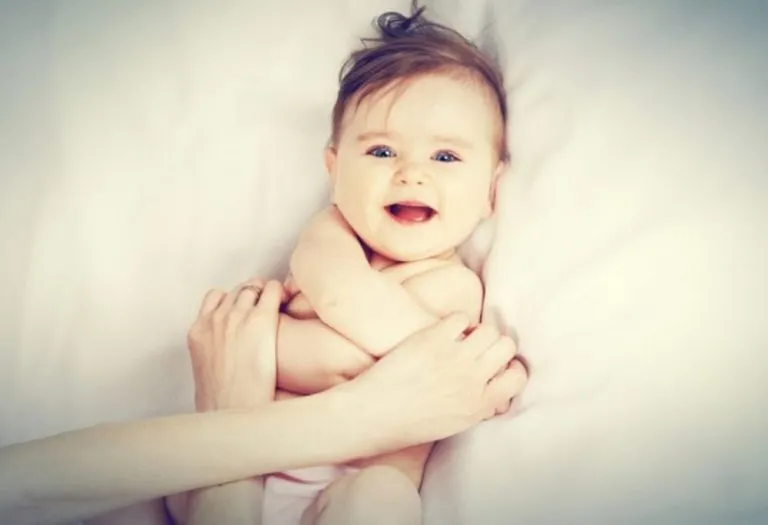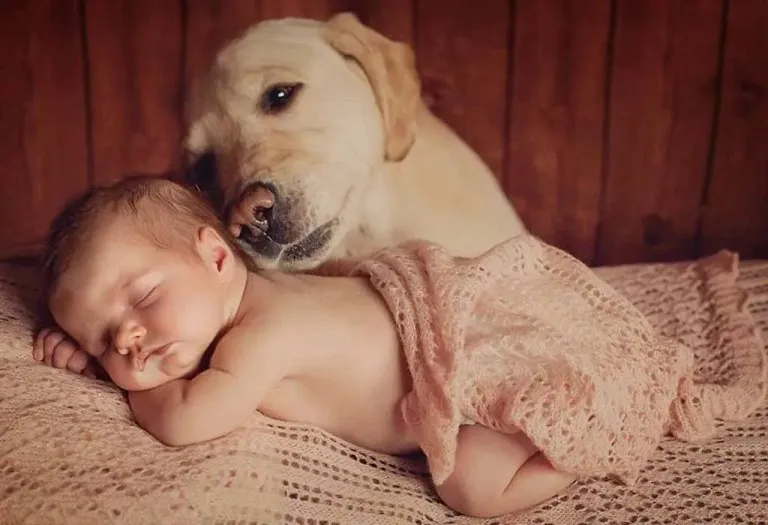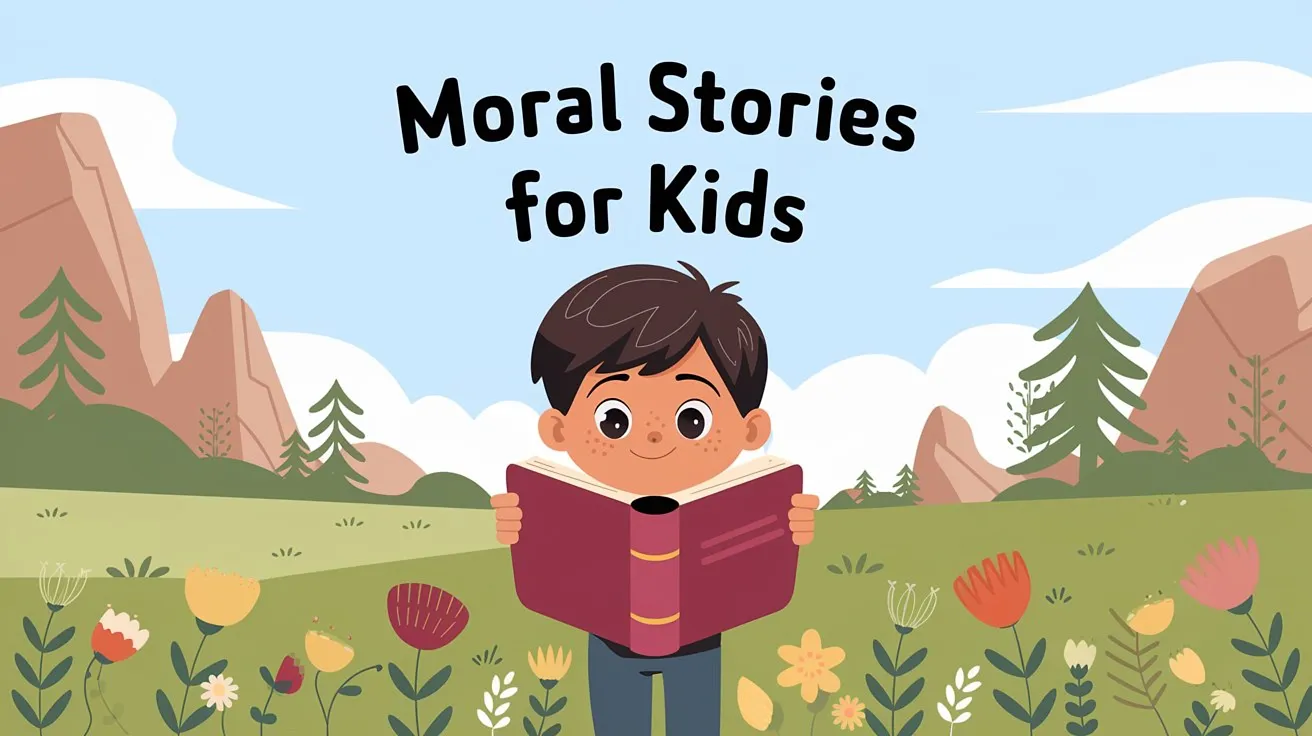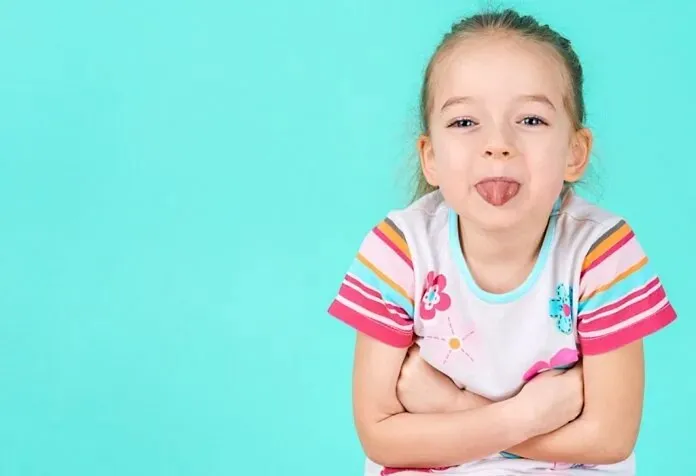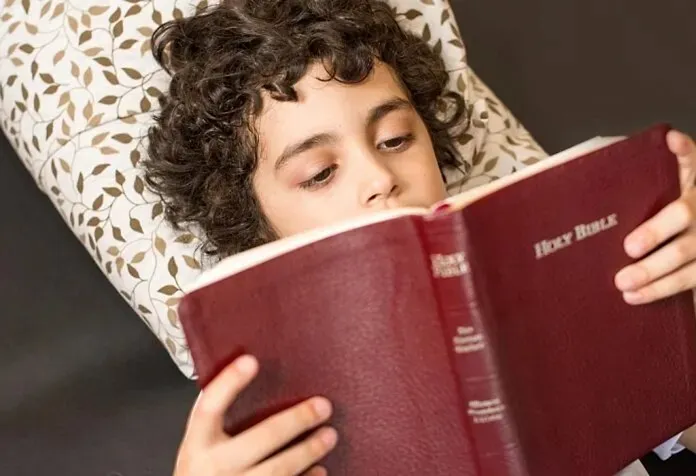Childhood Fears & Phobias: Effective Ways Parents Can Help

Children tend to be scared easily, and their fears often change over time. Being afraid of something is a normal reaction in children since it also teaches them to keep themselves safe. For instance, a child may fear barking dogs, fires, thunderstorms, or even as small as lizards. There is no particular reason or limitation that could cause a child to fear something. However, there is a significant difference between what a child experiences as fear and when a child develops a phobia. While fears may come and go, phobias are intense. Thus, it’s essential that parents understand various types of childhood fears & phobias in children and how to deal with them.
Common Childhood Fears
Children experience various childhood fears by age. Here’s a concise list of childhood fears commonly seen in children.
Fears of Babies and Toddlers
- Sudden loud sounds or extreme movements can cause the baby to be afraid.
- A large object suddenly looming into their view could scare them.
- Any strangers who attempt to converse with them could cause them to be afraid.
- Being separated from parents or experiencing changes in their room or surroundings could make them feel like they are in an unfamiliar environment, which can be scary.
Fears of Preschoolers
- Nearly all fear in kids begins with being afraid of the dark. Some adults tend to get scared of the dark as well.
- Any noises that occur at night could scare them.
- Scary masks or weird sounds of monsters and ghosts could cause kids at this age to be afraid.
- Most kids like dogs, but some of them could get afraid of an overexcited dog.
Fears in Children During School Years
- This is where the child starts getting scared of large insects or reptiles like spiders and snakes.
- A thunderstorm or earthquake can result in them getting extremely scared.
- Being alone at home, especially overnight, could make the child quite afraid.
- When it comes to school, scoldings from the teacher, failing a test, or getting rejected by their childhood crush all manifest within children as fear.
- Scary TV shows or news incidents of extreme danger can make them afraid.
- Seeing injuries or illnesses, doctors and injections, are the usual ones that most children are afraid of.
How to Remove Fear From Your Child’s Mind
You can help your kids overcome their fears with the following tips:
For Babies and Toddlers
- Parental presence and warmth can instantly make your baby feel safe from any strange situation.
- Establishing a routine can make them understand what actions to expect and when.
- In the early months, it is essential to limit the number of people taking care of the baby so that he has a chance to find a safe place for himself.
For Preschoolers
- Most kids at this age are highly imaginative. Hence, even the slightest fear can become a large one, fueled by one’s own imagination.
- If your child is afraid of a particular place, go there with them so they can see it properly without being afraid.
- If your child is afraid of the dark, ask them to walk towards the other room while counting numbers loudly. You can also count along with him so that he knows he isn’t alone.
- If he is afraid of any animal or an overactive dog, make sure the dog is tied down and play with it first. Once the dog is a little calm, you can then bring your child closer and let him play with it.
For Children in School Years
- Talk to your child about his fears, as he will be able to communicate them effectively.
- Ask him what he thinks the worst thing that could happen is. Then let him know of a real-life incident which wasn’t as bad as he thinks it would be.
- When it comes to natural disasters, let your child read books on the precautionary measures they need to take. This will make them feel prepared and not be caught off guard.
- Any other fears can be best overcome by supervised action. If they constantly feel afraid, getting them relaxed or taking a nap can alleviate it to a considerable extent.
What Is a Phobia?
When fear gets out of hand, becomes excessive, unreasonable, and persistent, and even the slightest situation or possibility of a situation can manifest a feeling of extreme anxiety that is debilitating, and is triggered by the anticipation or presence of a particular object or situation, this is termed a phobia. Most of the time, such fears persist for multiple months to over a year before developing into a phobia (1).
How Common Is a Phobia Among Children?
Many children are known to have one or the other type of phobia. It is estimated that nearly 9-10 per cent of people in the world suffer from a phobia of some sort.
What Causes a Phobia in Children?
Common causes of phobias in kids are:
1. Factors Related to Life Events
Any events that occur in a child’s life that have a major impact on him could result in the manifestation of a phobia in him. These could be as normal as the beginning of a new grade in school or shifting to a new place, or as unfortunate as a family member’s death, extreme illness or parental divorce.
2. Factors Related to Family
In some instances, a phobia of certain aspects can be inherited from one of the parents by the kids. Even though it may not always be genetic, kids are extremely observant. On seeing any family member suffering from a phobia, they could be led to believe that they need to be afraid of it as well.
3. Factors Related to Biology
Neurotransmitters within the brain are responsible for communicating with each other, which also results in forming emotions and feelings. Two major entities here are serotonin and dopamine, which are responsible for making a human feel happy and at peace. If they go out of balance, your child can suddenly start feeling afraid of anything at all.
Common Types of Phobias in Children
Here are some of the common types of phobias (2):
1. Specific Phobia
In a specific phobia, the child begins to feel afraid of a particular person, object, place, activity, or situation, often without apparent reason. This could be a specific place, such as a closet, or a particular person, like their teacher, or a type of person, like taxi drivers, and so on (3).
Signs and Symptoms
The child may attempt to avoid the object of the phobia or start anticipating that something bad is going to happen without reason. At times, when the object of fear is present, the actions of the child will be completely out of sync and disrupted.
2. Agoraphobia
This is the same fear of stepping outside your comfort zone, but multiplied to gargantuan proportions. The child starts feeling afraid of the outside world and unknown people completely. Any place unknown to them or any stranger can cause them to be triggered and go into a state of panic, throw tantrums, or cry excessively.
Signs and Symptoms
Children will refuse to leave their homes under any condition or refuse to meet or talk to any stranger or guest in the house. If forced to do so, they may panic or scream out in refusal.
3. Social Phobia
Social anxiety disorder, or social phobia, is a continuous fear of social or performance situations in which a child may experience embarrassment. This is commonly referred to as a fear of interacting with people in a crowd or, in certain cases, a fear of children. This can also lead to a phobia of going to school. The fear response of such a phobia is children’s avoidance or distress (4).
Signs and Symptoms
Children are filled with mortal fear when it comes to introducing themselves to other people or asking questions in a classroom, going on the stage, or even peeing in a public washroom with other people present. They will also go to extreme measures to avoid being in a situation, lying or even falsely falling ill to skip a particular event.
4. Panic Disorder
Panic disorder can develop at any stage, but is most commonly seen in adolescence or young adulthood. This type of phobia brings unexpected and intense fear and anxiety, usually caused by a “trigger” that may not be obviously seen. A sudden wave of discomfort, fear, or a sense of losing control may be experienced by the person, even when no clear danger is present. Not all panic attacks turn into panic disorder (5).
Signs and Symptoms
Children may experience increased sudden or recurrent episodes of overwhelming anxiety and fear, shortness of breath, nausea, dizziness, sweating, and a pounding heart, alongside psychological symptoms like a sense of losing control, impending doom, or intense fear (6).
How Can Phobias Be Diagnosed in Kids?
Psychiatrists usually diagnose phobias by undertaking a mental health evaluation of the child. Certain disorders might be apparent on the first visit, while others might take multiple visits and tests to be diagnosed.
How to Treat a Phobia in Your Child
Treatment of a phobia is highly dependent on the child’s age and the severity of the fear. Most of the time, counselling and cognitive behavioural therapy can help them combat their phobia by themselves. In extreme cases where panic attacks get out of hand, psychiatrists may recommend some medicines that help your child calm down. Parental support is extremely necessary through this phase.
In many situations, psychotherapy helps children significantly in becoming self-assured and less fearful. Relaxation and breathing techniques help children cope with fears and phobias (7).
How Can You Prevent Your Child From Developing a Phobia?
The spread and variety of fears and phobias can seem unnerving to parents. Childhood fears in psychology is a developing science, and understanding it can take quite some time. Staying vigilant, having open conversations with kids, and building strong bonds of trust are great ways to help kids combat their fears. Steps can be taken to nip the fear in its bud before it has a chance to develop into a phobia. Proper parenting plays a vital role in making this happen.
FAQs
1. Do all children develop fears and phobias?
It is normal for children to fear or get worried of something at times. Fears, in another context, also help children be cautious of their surroundings. However, extreme fear of something can lead to cautiousness and extra sensitivity to their surroundings. Loud, different, weird, or new things may scare, but parents can help dull that fear by reassuring their children and teaching them different perspectives (8).
2. What is the difference between a fear and a phobia?
The difference between fears and phobias lies in the intensity and duration of the fear (9).
In the case of normal fears, children can typically overcome them with their parents’ or caregivers’ reassurance and simple support. For instance, just checking their closet for monsters can be enough to help them feel comfortable enough to sleep.
Phobias, on the other hand, involve such an intense fear that children experience above the normal level of anxiety merely at the thought of it. It represents a persistent sense of dread and terror. Kids with phobias will do everything possible to steer clear of the specific object or situation related to their fear.
3. When does fear turn into a phobia?
When fears become focused, intense, and persistent, they become phobias (7).
4. How can parents help when their child is afraid?
Parents can (8):
- Reassure their children by saying, “It’s alright, you’re safe, and I’m here with you.” Offer hugs and soothing phrases to help them feel secure.
- As your child matures, engage them in conversation and listen actively by maintaining a calm and comforting appearance.
- Assist your child in expressing their feelings verbally. Encourage children to explore new experiences.
- If you have a young child who is afraid of the dark, create a calming bedtime routine. Read stories or sing to them. Let them sense your love and safety.
- Reduce the exposure to frightening images, movies, or shows that children encounter. These can instil fears.
- Allow your toddler to spend short periods apart from you at first. When you need to leave your child, tell them you’ll return, share a hug and a smile, and then go. Help your child understand that you will always come back.
- Kids and teenagers develop a fear of tests and exams. Guide them in preparing for challenges and remind them that you have confidence in their abilities.
- Encourage your child to gradually confront their fears.
- Avoid accommodating their fears. For example, if your child is scared of dogs, don’t go out of your way to avoid them, as this will only reinforce the idea that dogs are to be feared. Remain calm when your child is anxious, and then provide support and gentle encouragement as you face the feared object or situation together.
Fears and anxieties are a part of development. However, they take a worrying route when they become persistent and intense. Talk to your paediatrician if it seems your child’s fear worsens over the day. Early intervention will ensure your child is on the right path and stays fearless.
Also Read:
School Phobia in Kids
How to Deal with ‘Exam Fear’ in Kids
How to Handle Shyness in Children & Ways to Overcome It
Was This Article Helpful?
Parenting is a huge responsibility, for you as a caregiver, but also for us as a parenting content platform. We understand that and take our responsibility of creating credible content seriously. FirstCry Parenting articles are written and published only after extensive research using factually sound references to deliver quality content that is accurate, validated by experts, and completely reliable. To understand how we go about creating content that is credible, read our editorial policy here.
1. Children’s Hospital of Philadelphia – Phobias in Children and Adolescents
2. Cedars Sinai – Phobias in Children
3. Boston University – Specific Phobias in Children and Adolescents
4. PubMed Central – Recent Findings in Social Phobia among Children and Adolescents
5. NIH – Panic Disorder: What You Need to Know
6. Boston Children’s Hospital – Phobias
7. American Academy of Pediatrics – Fears & Phobias in Children: How Parents Can Help
8. Nemours KidsHealth – Childhood Fears and Worries
9. UPMC – Childhood Fear or Phobia: How to Tell the Difference






